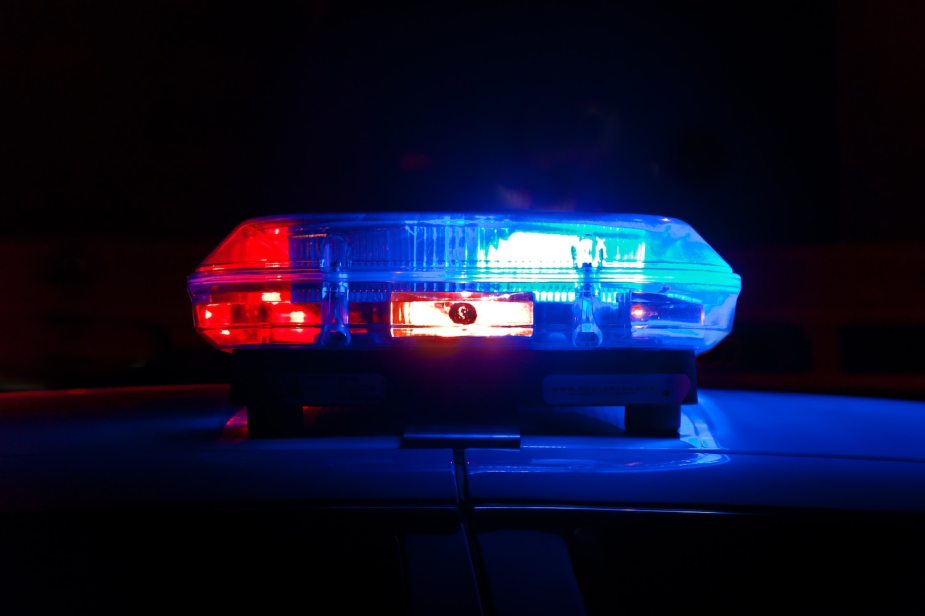
Police cars, ambulances, and fire trucks have emergency lights installed. However, you may have also seen first responders and law enforcement officers using emergency lights as standard vehicle equipment for fleet cars, trucks, and SUVs.
The question comes to mind: are civilians allowed to fit emergency lights on their vehicles, and is it legal? Well, citizens should contact their local authorities to learn about emergency vehicle light laws in their area.
Whatever the case, civilians cannot alter their cars to look like police or emergency vehicles. That means certain lighting options are strictly illegal for civilian cars. So, what emergency lights can civilians use, and under what conditions? Let’s find out about this today.
Can Civilians Buy Emergency Lights?
Any person can legally purchase emergency lights, including LED light bars, warning lights, hideaway lights, and dash lights. You do not need to be a part of law enforcement, firefighting, or first responder agencies to purchase these lighting products.
However, not everyone can operate their car’s emergency light on public roads. You can purchase a light in any color you desire. But can you use it on public roads? Well, consult with local authorities if you wish to use LED emergency lights on your car in public.
Buyers are responsible for ensuring that the lights they intend to purchase for their vehicles are legal in the area they plan to use them.
Off-Road & Private Emergency Vehicle Lights
The laws generally do not prohibit citizens from installing lighting for off-road driving as long as they keep them off while driving on public roads. They can, however, use these lights on their private properties. Private security companies and farmers mostly use emergency lights on their private properties.
Farmers can equip ATVs, tractors, and vehicles with warning lights and use them on their agricultural lands. Private security agencies may equip their vehicles with warning lights when patrolling parking lots, amusement parks, and malls.
Restrictions on Civilian’s Use of Emergency Vehicle Lights
Even in some areas where civilians can have emergency lights on their vehicles, it is not without restrictions. Civilians can expect restrictions on the following factors:
- Color Restrictions
In most areas, law enforcement officers may only legally display a blue vehicle light. In many cases, police and fire departments reserve red emergency lighting for ambulances and official vehicles. Furthermore, in certain jurisdictions, green and white are also limited to specific uses.
- Flash Pattern Restrictions
In most cases, local laws specify the visual effect civilians could display in emergency lighting. The majority of civilians don’t have permission to drive with strobe lights, rotating lights, or flashers.
- Limitations on brightness
Regions often place limits on the brightness of civilian vehicle lights. The guidelines say the auxiliary lighting must never be as bright as the headlights or brake lights of the vehicle.
- Placement restrictions
Local laws usually prohibit civilians from mounting emergency lights anywhere on their vehicles. While it is illegal to operate rear-facing auxiliary lights in some areas, front-facing auxiliary lights are lawful.
- Usage Restrictions
As long as they do not turn on their emergency lights while driving on public roads, citizens can install these lights on their vehicles in most areas. For vehicles parked on private property, laws restricting the color, flash pattern, and positioning of the vehicle lights may not apply.
Who is Permitted to Use Emergency Lights?
The following are three major emergency organizations and their use of emergency lights in general:
- Police and Law Enforcement Agencies.
It is easy to identify law enforcement officers on the road with their solid red or blue clothing or a combination of both. In most cases, officers use white or amber lights mounted at the rear of their vehicles.
- Firefighters and First Responders.
Fire trucks, ambulances, and other emergency medical transports usually illuminate red and white lights when attending to an emergency. Most optional colors on these emergency vehicles are located at the rear, just as on police cars.
- Volunteers.
It is permissible for volunteer EMS and firefighter vehicles to be equipped with emergency lights. For motorists’ safety, each region has enacted specific requirements regarding the use and color of emergency lights for volunteers.
Conclusion
Emergency lights help law enforcement and first responders to warn other drivers to clear the traffic so they can quickly reach the location of the incident. Consequently, these warning lights play an essential part in saving lives. It is why civilians are not permitted to have these lights on their vehicles in public places. If you are not from law enforcement or the fire department, you need special permission to have emergency lights on your vehicle.
